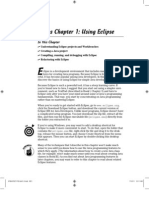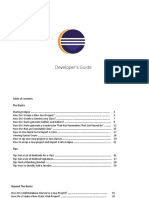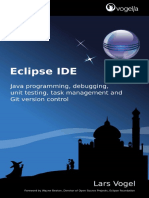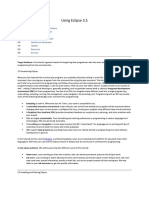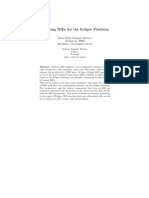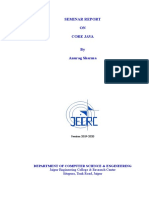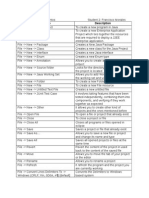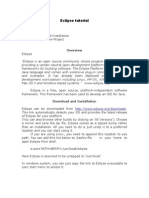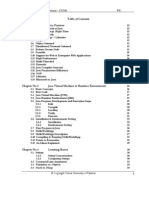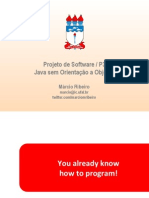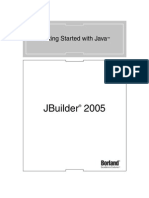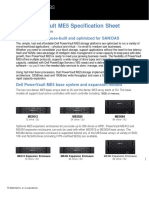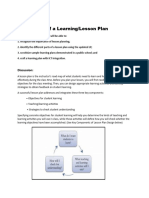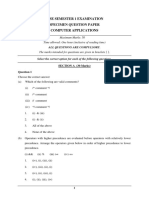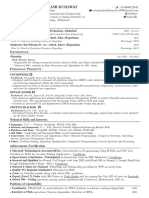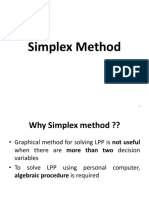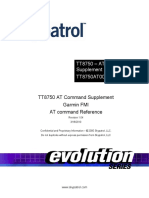0% found this document useful (0 votes)
99 views7 pagesUsing Eclipse IDE
This document provides guidance on using the Eclipse IDE to read code. It discusses Java concepts, Eclipse features like views and perspectives, and how to open, browse, and debug code in Eclipse. The objective is to enable readers to comprehend code more effectively than with basic text editors by leveraging Eclipse's code navigation and visualization capabilities.
Uploaded by
kaykay19Copyright
© Attribution Non-Commercial (BY-NC)
We take content rights seriously. If you suspect this is your content, claim it here.
Available Formats
Download as DOC, PDF, TXT or read online on Scribd
0% found this document useful (0 votes)
99 views7 pagesUsing Eclipse IDE
This document provides guidance on using the Eclipse IDE to read code. It discusses Java concepts, Eclipse features like views and perspectives, and how to open, browse, and debug code in Eclipse. The objective is to enable readers to comprehend code more effectively than with basic text editors by leveraging Eclipse's code navigation and visualization capabilities.
Uploaded by
kaykay19Copyright
© Attribution Non-Commercial (BY-NC)
We take content rights seriously. If you suspect this is your content, claim it here.
Available Formats
Download as DOC, PDF, TXT or read online on Scribd
/ 7








